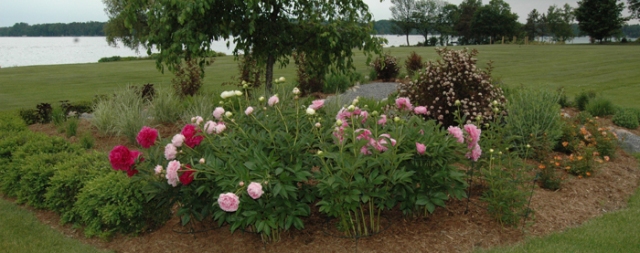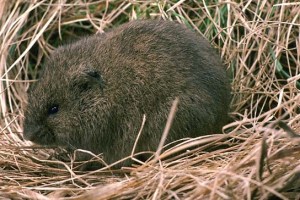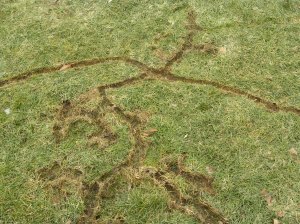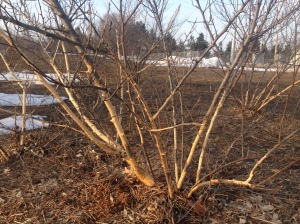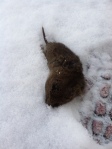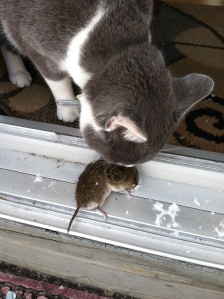Weed, Weed, Weed: The Secret of The Successful Gardener
We may be slow to start our Spring, but the weeds are already here and in full force. You can get out and take care of the “Spring Fever”, by spending a little time in your gardens. Weed now and you will reap the benefits later!
 Bittercress is a hardy weed that if left until it seeds, one seed pod can shoot 1,000’s of tiny seeds every where. Once you let it go to seed, you will be dealing with this determined little weed all season long. The root mass is quite shallow and east to pull, but you want to make sure you remove it completely from your garden site. Diligent weeding is the key to success with this one.
Bittercress is a hardy weed that if left until it seeds, one seed pod can shoot 1,000’s of tiny seeds every where. Once you let it go to seed, you will be dealing with this determined little weed all season long. The root mass is quite shallow and east to pull, but you want to make sure you remove it completely from your garden site. Diligent weeding is the key to success with this one.
 Dandelions are another survivor in the weed world. Of course, the best way to stay on top of these pests, is early weeding and making sure you are getting to the root of the matter. Often times, if you just pull from the top, the greens will pop off (yummy dandelion soup), and it will just grow some more greens with the beautiful flower going to seed soon after.
Dandelions are another survivor in the weed world. Of course, the best way to stay on top of these pests, is early weeding and making sure you are getting to the root of the matter. Often times, if you just pull from the top, the greens will pop off (yummy dandelion soup), and it will just grow some more greens with the beautiful flower going to seed soon after.
Mullein is a monarch butterfly’s favorite, so if you have an area where you can let them grow, it will help our Monarchs. Otherwise, when left on their own, one mullein can produce over 100,000 seeds in a year, and seeds survive most any condition, lasting up to 100 years. Weed away.
Broadleaf Dock is like the dandelion with a long tap root, often reaching depths of 5 ft. They also are a prolific seeder, producing up to 60,000 seeds per year. You may have hear your grandparents refer to this as Butter Dock, as the leaves were used to wrap butter. Also the leaves soothe nettle stings when applied to the skin. The best advice for these are to dig early and dig deep! The longer you let them grow in the season the more you have to disturb your gardens.
Typically when weeding and doing our spring clean up we add all these weeds to our compost along with leaves and other yard waste. Recently, I have been bagging up the bittercress, mullein, and dandelions, because they are so invasive.
I know the weeding isn’t the fun part of gardening, but absence of weeds, help others see the beauty of your garden!




